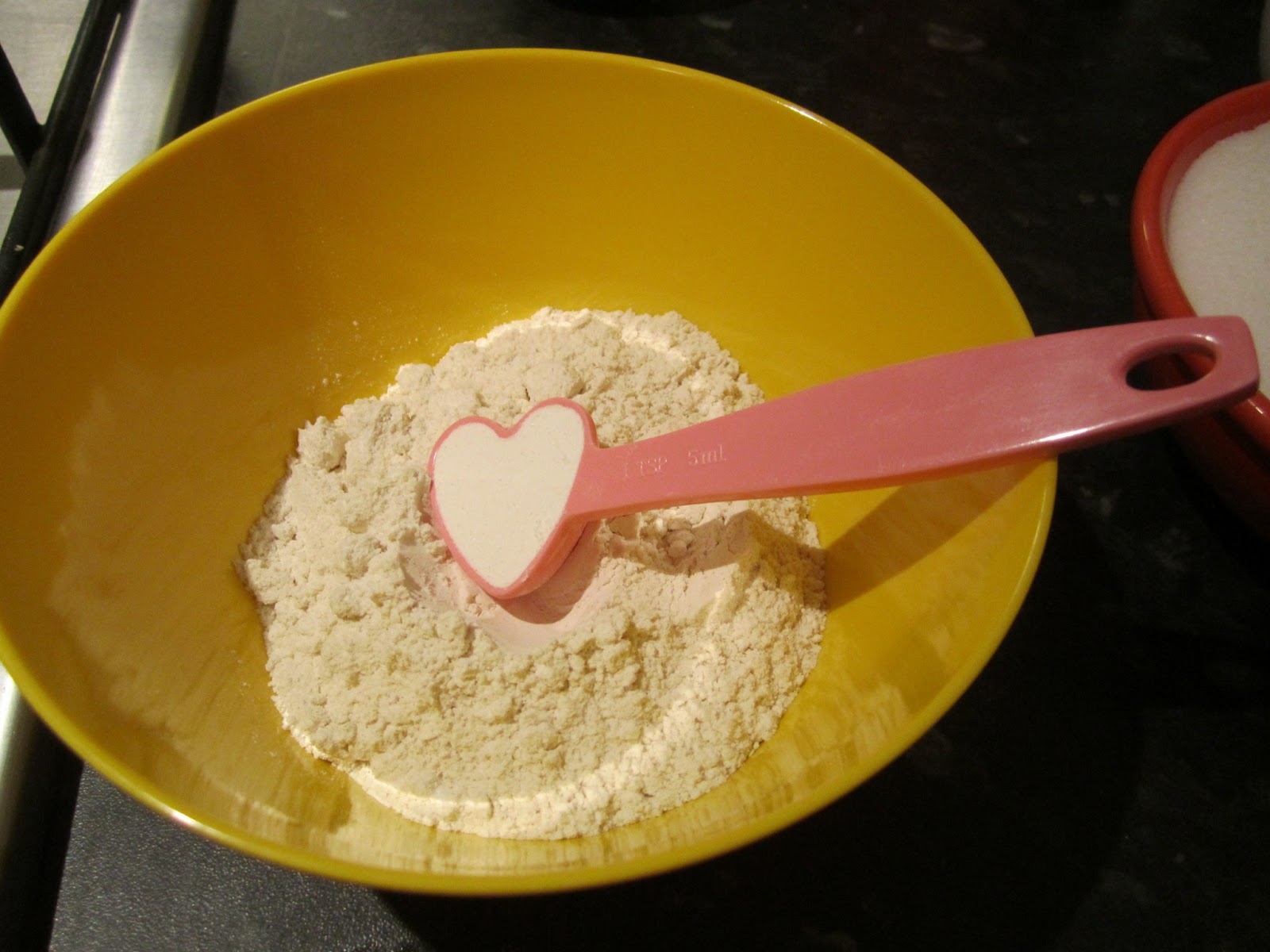 |
| Makes 48 mini mince pies |
Ingredients
x2 ready roll short crust pastry (375 grams)2 cups currants
1 and 1/2 cups coconut
1 cup sugar
1 cup chopped walnuts
75 grams softened butter
2 eggs
1 teaspoon vanilla
1 teaspoon nutmeg
optional - substitute 1/2 cup currants for 1/2 cup of dried cranberries and pre-soak the dried fruit by pouring over 1 tablespoon of sherry.
Method
Grease a 24 yield mini muffin tin.
Measure out all of the ingredients (barring the pastry of course) into a large mixing bowl, beat everything together until well blended.
Roll out 1 of the 375 gram portions of pastry and cut out 24 rounds. Mould each round gently into the patty tin, before filling each mini tart base with a generous teaspoon of the batter.
Bake at 200 degrees Celsius for 13- 15 mins or until the tops are brown. Cool for a few minutes in the tin before coaxing out on to a wire rack for further cooling. Re-line the tin with the second portion of pastry for a second batch, or keep the remaining filling in the fridge for up to 3 days to use later.














































